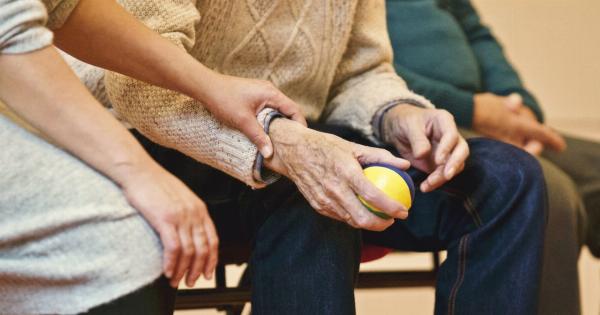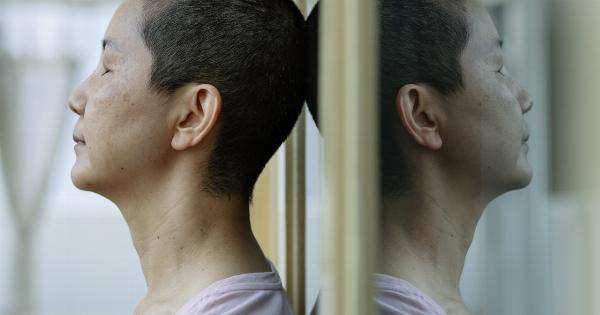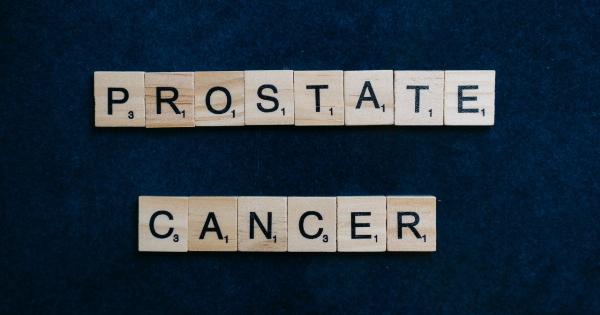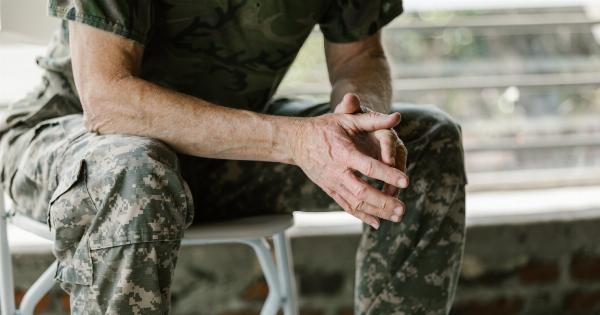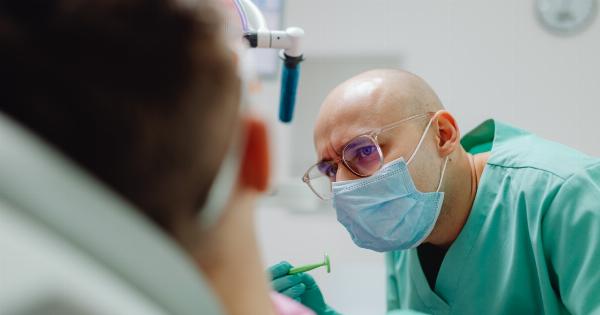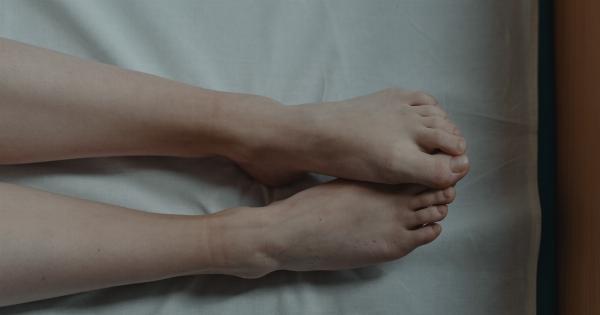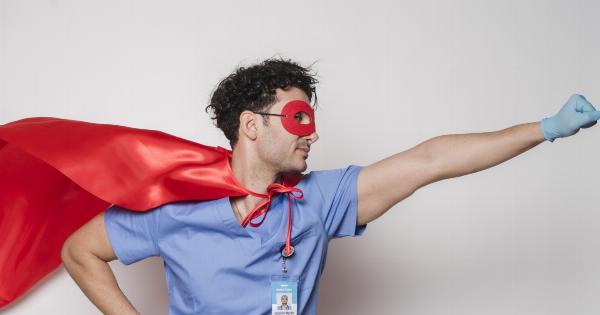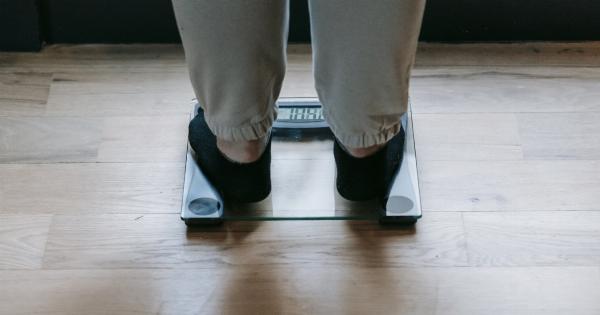A dislocated side refers to the dislocation or displacement of the bones that form a joint, causing the normal alignment of the joint to be disrupted. This can occur in various parts of the body, including the shoulder, hip, knee, or even the jaw.
Symptoms of a Dislocated Side
When a side gets dislocated, several symptoms may be experienced by the affected individual:.
1. Intense Pain
One of the most common symptoms of a dislocated side is intense pain. The pain is usually sudden and severe, often making it difficult to move the affected area.
2. Visible Deformity
In some cases, a dislocated side may cause a visible deformity in the affected area. This can be observed as an abnormal shape or position of the joint, indicating that the bones are no longer properly aligned.
3. Swelling and Bruising
Dislocating a side can lead to swelling and bruising around the affected joint. This occurs due to the damage to the surrounding tissues and blood vessels during the dislocation.
4. Limited Range of Motion
Individuals with a dislocated side often experience a limited range of motion. They may find it challenging or impossible to move the joint as freely as before the dislocation.
5. Numbness or Tingling Sensation
In some cases, a dislocation may compress nearby nerves, leading to a numbness or tingling sensation in the affected area or radiating down the limb.
6. Weakness or Instability
Dislocating a side can result in weakness or instability in the joint. The affected individual may struggle with bearing weight or performing tasks that require stability in the joint.
7. Difficulty in Using the Affected Side
Depending on the site of the dislocation, individuals may face difficulty in using the affected side. For example, a dislocated shoulder may make it challenging to raise the arm or perform overhead movements.
8. Muscle Spasms
Dislocating a side can lead to muscle spasms in the surrounding area. These spasms may occur as a protective mechanism in response to the injury.
9. Unnatural Joint Movement or “Popping” Sensation
In some cases, a dislocated side may present with an unnatural joint movement or a distinct “popping” sensation at the time of injury. This can be indicative of the bones moving out of their normal position.
10. Discolored Skin
When a side gets dislocated, the skin around the affected area may appear discolored due to increased blood flow or the leakage of blood vessels.
Reasons to Consult a Physician for a Dislocated Side
While some individuals may attempt to manage a dislocated side on their own, it is crucial to consult a physician for proper evaluation and treatment. Here are some reasons why consulting a physician is essential:.
1. Accurate Diagnosis
A physician can accurately diagnose a dislocated side through a physical examination and diagnostic imaging, such as X-rays or MRI scans. This ensures that the correct treatment plan is implemented based on the severity and location of the dislocation.
2. Reduction of the Dislocation
A physician can perform a reduction procedure to put the dislocated side back into its proper position. This is usually done under sedation or anesthesia to minimize pain and discomfort.
3. Prevention of Complications
By seeking medical attention, the risk of potential complications associated with a dislocated side can be minimized.
Complications may include damage to blood vessels, nerves, or surrounding tissues, which can be addressed by a physician during treatment.
4. Pain Management
Physicians can prescribe pain medications or recommend suitable pain management techniques to alleviate the discomfort associated with a dislocated side. They can also provide guidance on using ice or heat therapy for pain relief.
5. Rehabilitation and Physical Therapy
After a dislocated side has been treated and the joint is back in place, physicians can prescribe a rehabilitation or physical therapy program. This helps in regaining strength, restoring range of motion, and preventing future injuries or dislocations.
6. Detecting Associated Injuries
A physician can also determine if there are any associated injuries or fractures that may have occurred along with the dislocation. This can ensure appropriate treatment for all injuries, reducing the risk of long-term complications or further damage.
7. Customized Treatment Plan
Each dislocated side is unique, and a physician can create a customized treatment plan tailored to the individual’s specific condition. This personalized approach maximizes the chances of a successful recovery.
8. Follow-up Care
A physician will provide essential follow-up care to monitor the progress of the healing process and adjust the treatment plan accordingly. This helps ensure optimal recovery and reduces the risk of recurrence.





